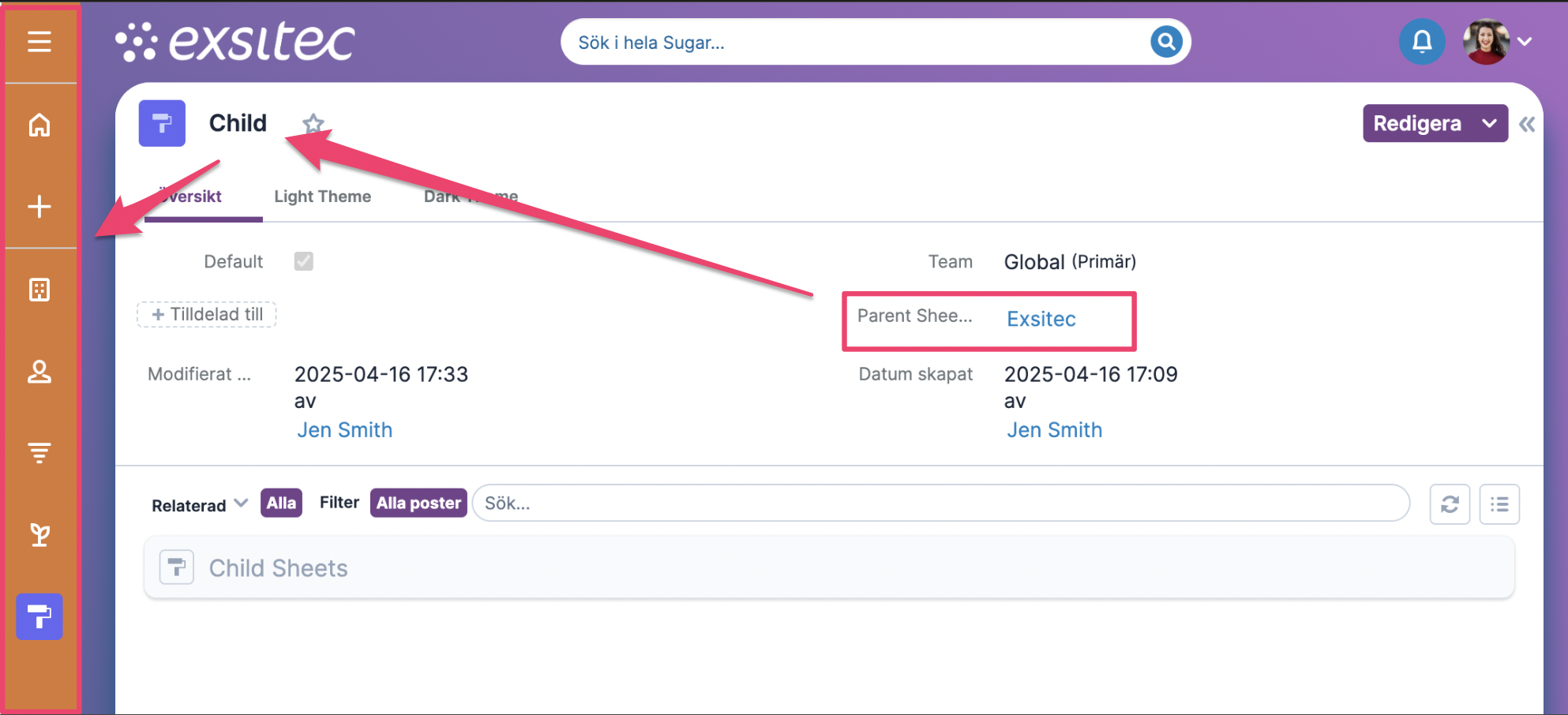User Guide
After the plugin is installed, you will have two fields added to the user profile. A checkbox "Use Palettes" and a dropdown "Palette". Note that you may have to reload the page to get options to show up in the dropdown. If nothing still isn't showing up, clear the browser cache from temporary files.

If the checkbox "Use Palettes" is checked (not checked by default) the plugin will start being used by the user. If you leave the dropdown "Palette" empty, then a palette will be chosen automatically based on the palette assignment rules. The rules are as following, with descending prioritization.
Pick a palette that has the user set as assigned user (There will be one marked as default if any are set up, this one will be picked)
Pick a palette that has the user's primary team set and doesn't have the assigned user set (There will be one marked as default if any are set up, this one will be picked)
Pick a palette that has the Global team. (There will be one marked as default if any are set up, this one will be picked)
The "Default" checkbox on palettes can (and should) only be checked for one palette on each of these three levels at a time. So if you check Default on one palette with team Global, it will automatically be unchecked for all other palettes with team Global.
If you pick a specific "Palette" in the User profile, this will be used instead of it being based on these rules. Each palette has tab for designing the Palette in both Light and Dark mode. The "Appearance" setting on the user profile decides which mode of the Palette is applied.
Each palette can have another palette as parent. What this does is that the palette inherits the values from parent palette and the child palette overrides with any values it has defined. In this way, the child palette can change individual elements while retaining the style from the parent palette. As a simple example, a child can inherit the parent theme's style and just change color of the navbar, as seen below:

In practice, this means you have the ability vary your globally created palette between teams by extending the main palette in a child palette and assigning the child palette to the specific team. That team will then see the global theme with any changes applied in the child theme overriding the style rules from the parent theme.
That's all there is to it.



